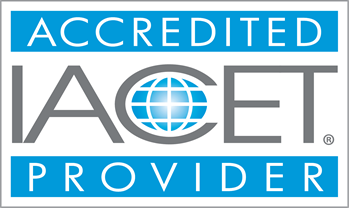Price: $69.99
USACE-16-Hour-EM 385-1-1
This course is for all contractor and employees working on sites using EM-385 protocols. Training on the particular requirements must be prepared in order to ensure compliance. The U.S. Army Corps of Engineers sets safety standards for construction sites on military and other projects through their manual, EM 385-1-1. To support you recognize these principles, we offer a 16-Hour USACE-16-Hour-EM 385-1-1 Training course.
Course Modules - (24)
Our USACE 16-Hour EM 385-1-1 Training offers you a direction to the safety standards and values you must follow. You’ll study:
How to categorize the Site Health and Safety Officers
(SSHOs)
The appropriate methods to handle, store, and discard possibly harmful materials.
How to pick the exact tools to keep safe from
falls
Safety & precautions to ensure Best practices
for working in confined spaces
Learning Outcomes:
- Understand safety protocols in the workplace.
- Recognize potential hazards and mitigate risks.
Completion Requirements:
- 100% appearance for the course
- Fully involvement in all class trainings (determined by instructor)
- Completion of Continuing Education and Training Registration Form
- Completion of mandatory quiz assessments
- As applicable, attainment of least passing score on required end-of-course examination
- Participation and submittal of end-of-course assessment form (must provide name on form to obtain credit)
Students may request IACET CEU credit upon successful completion of the course, provided all required criteria are met. This option is available for those who wish to receive official recognition of their continuing education.
Online OSHA classes tend to be more cost-effective than in-person courses. You can save on travel expenses, lodging, and other associated costs, making online training a more budget-friendly option. Additionally, online courses can often be completed more quickly than their in-person counterparts, as you can work through the material at your own pace and without the constraints of a fixed class schedule.


